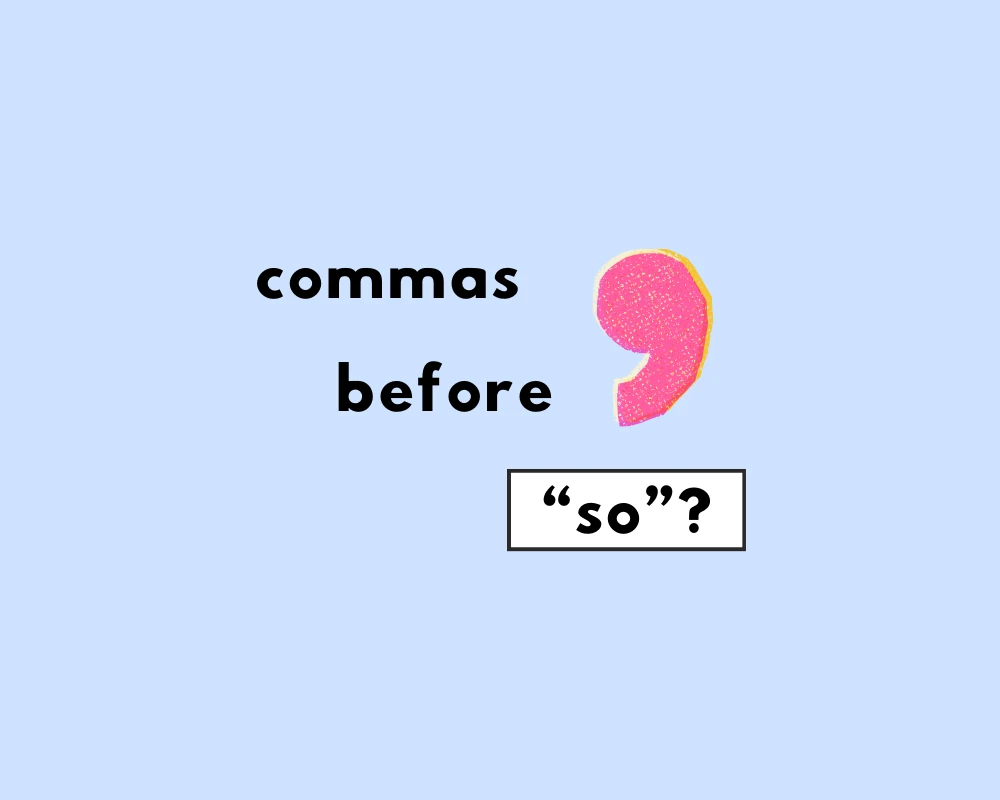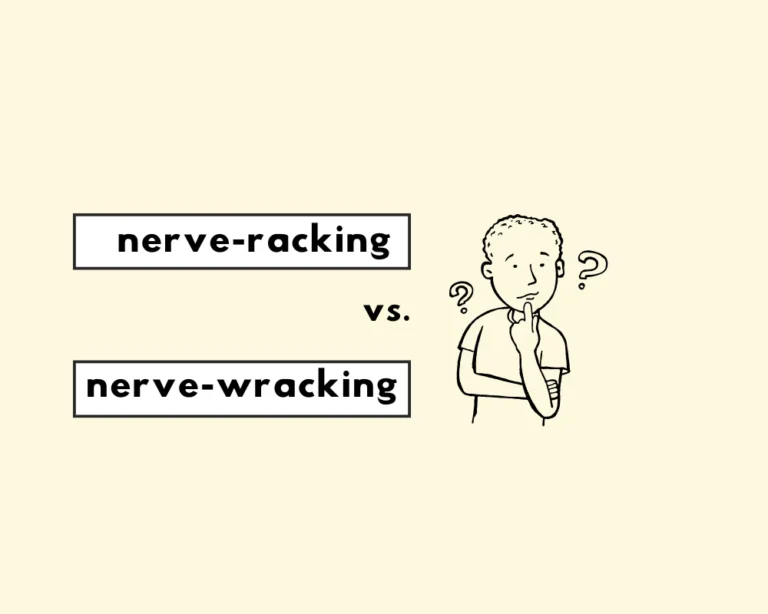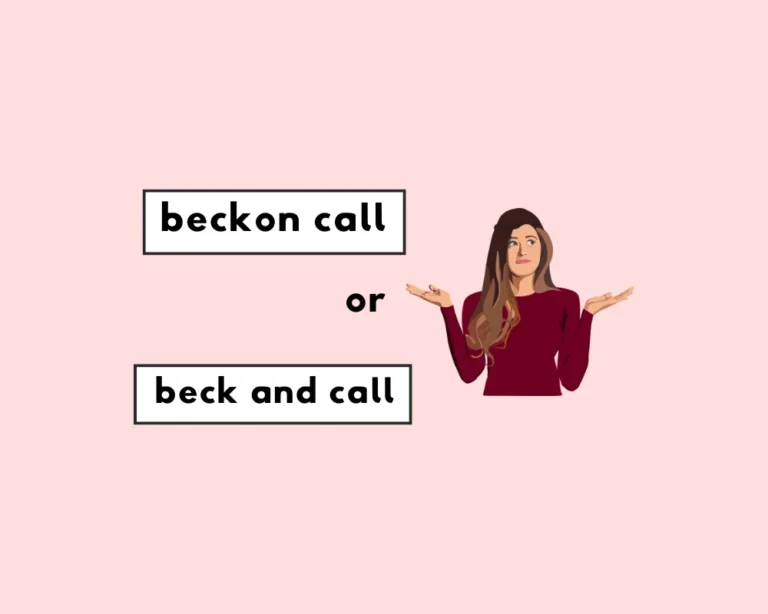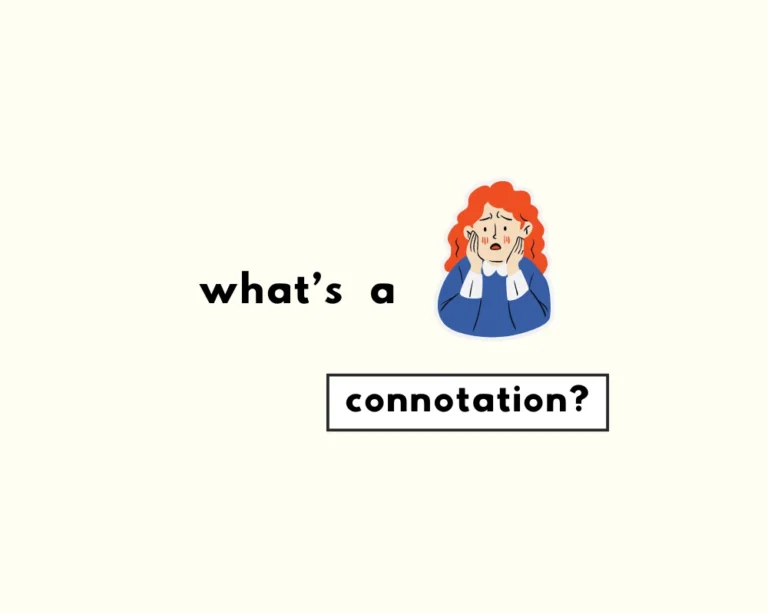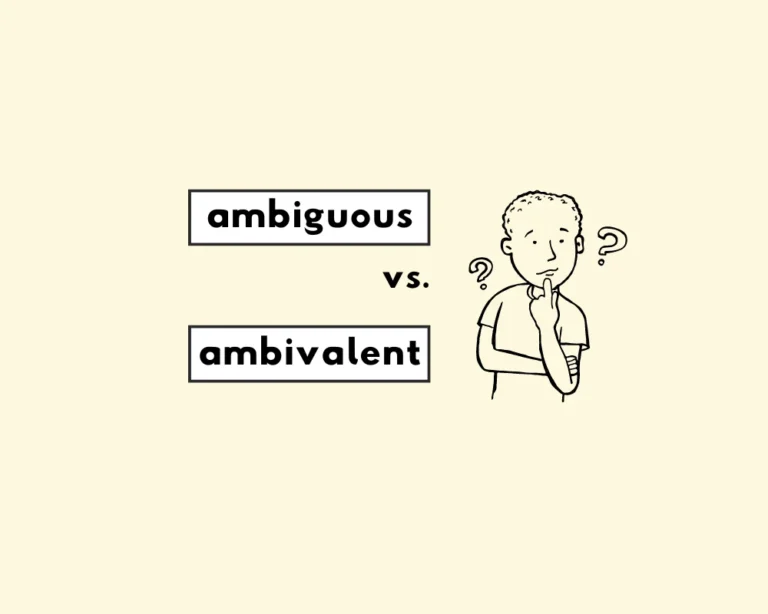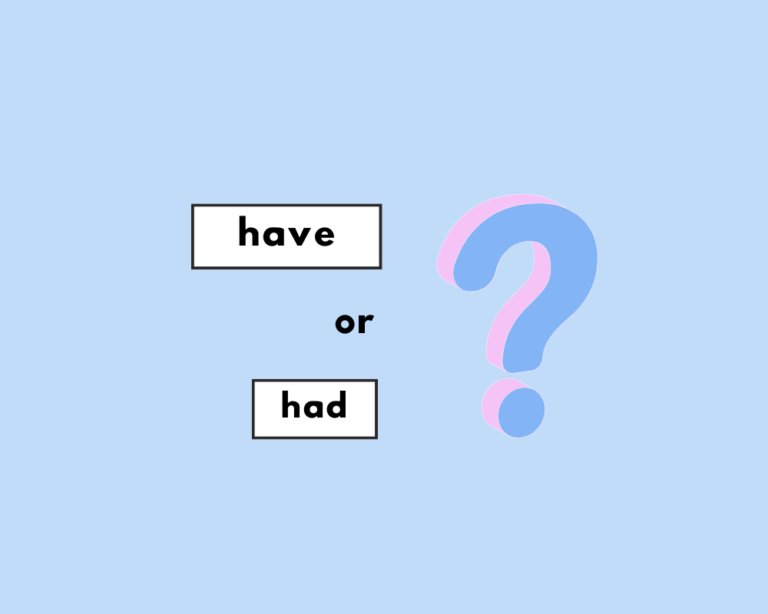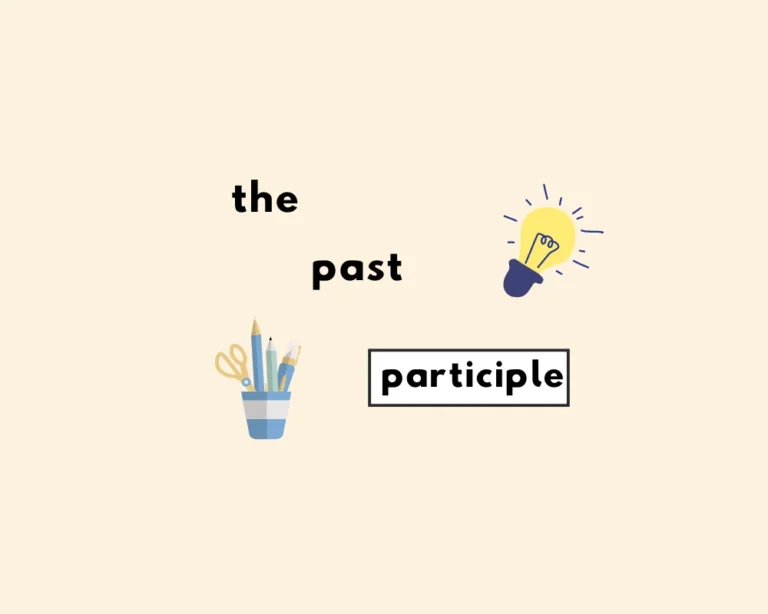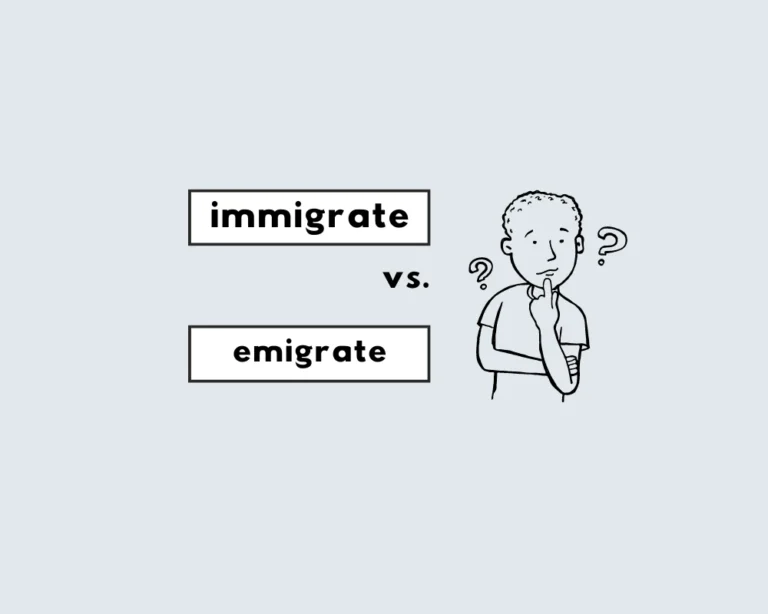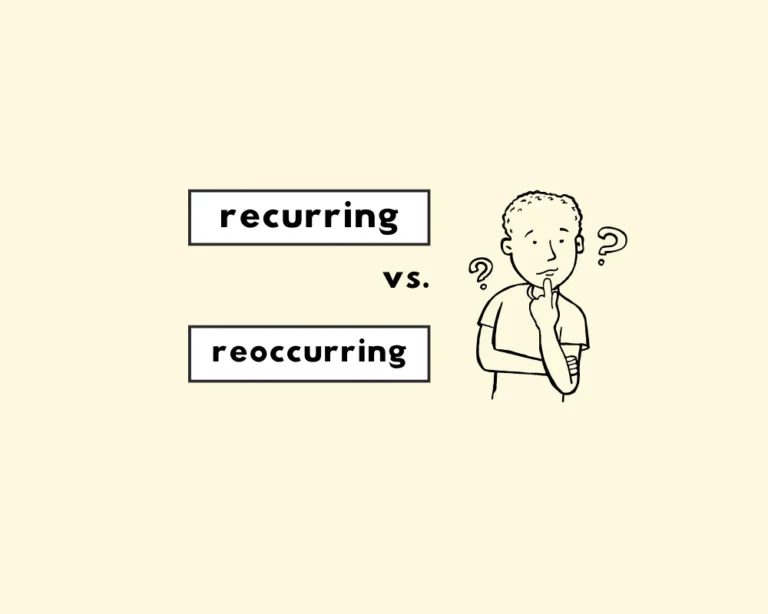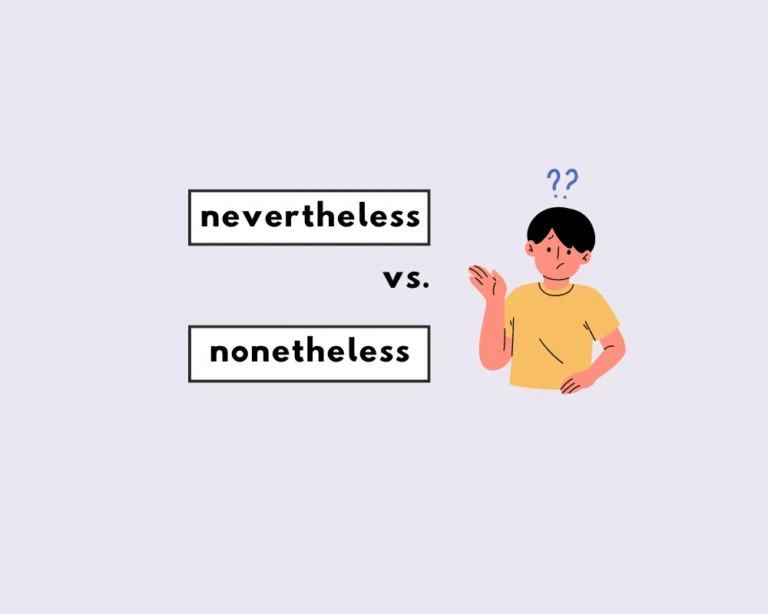If you’ve clicked to learn when you should use a comma before “so“, then you’ve made the “write” choice.
Contents
Toggle
What is the word “so” in grammar?
For such a tiny, two-letter word, so has a number of uses, and can be a coordinating conjunction, subordinating conjunction, an introductory word to parenthetical expressions, or an adverb.
When to use commas before “so”
We use commas before “so” (or any other coordinating conjunction) when it follows an independent clause; as in:
The early records of the city have disappeared, so the story of its first years can no longer be reconstructed.
The situation is perilous, but there is still one chance of escape.
Sentences are from Strunk & White’s The Elements of Style.
One of the easiest ways to combine elements in sentences is through conjunctions. However, to do so grammatically, we always use commas with conjunctions to avoid comma splices.
When to use commas after “so”
Because “so” can be a coordinating or a subordinating conjunction, it’s important to note the difference since the latter doesn’t require commas.
I left work early so I wouldn’t hit traffic.
I asked my friend to move so that I could see the screen better.
When “so” appears as a subordinating conjunction, it’s similar to “so that”, and connects an independent clause with a dependent clause.
An instructive way to decide whether so is functioning as a subordinating or coordinating conjunction is to see if you can substitute it with “therefore”or “so that”.
Compound sentences without a comma
Compound sentences, or sentences with two or more independent clauses, must use some form of punctuation to be grammatical. However, be careful not to join two independent clauses with a comma without the proper coordinating conjunction. This creates a comma splice; as in,
I enjoy reading books, I also like watching movies.
See the comma splice in the above sentence? When we join independent clauses only by a comma without the appropriate coordinating conjunction or some other form of punctuation.
To avoid comma splices, independent clauses use commas with one of the coordinating conjunction, (e.g., “and,” “but,” “or,” “for,” “so,” “yet”), or separated into two independent sentences. They can also be punctuated by a semicolon or colon.
When to use a comma after “so”
We normally do not use a comma after so, whether it’s being used as a coordinating or subordinating conjunction. The instance where we would is when it’s an introductory word at the start of a sentence:
So, unfortunately, the results are inconclusive.
So, what do you want to do next?
Sentences with commas before “so”
I was hungry, so I ate some chips.
I bought groceries today, so we don’t need to order takeout for dinner.
My laptop broke, so I had to buy a new one.
He studied for months, so he was prepared for the test.
Our house was flooded, so we stayed at a hotel.
Check out other articles!
- What’s an Oxford comma?
- How to use Commas?
- What’re personal pronouns?
- What’s the difference between they’re, their, and there?
- Whose vs who’s?
Sources
- The Elements of Style, Strunk & White. (1972).

